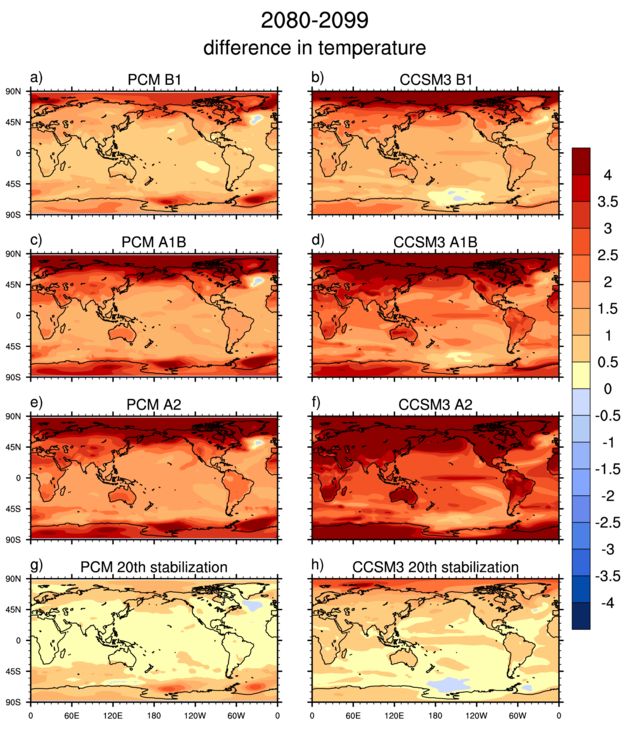Bad Air Days to Increase Out West as Planet Warms

By the year 2050, warmer temperatures in the Western United States could fuel a doubling in the number of bad air days this time of year, according to a new study.
Stagnation events, as they are called, form during dry, windless conditions. Air heats up and becomes laden with dust, ozone and other pollutants. It just hangs there.
With many computer models predicting a warmer climate by mid-century, regardless of any efforts to curb the release of greenhouse gases, stagnation will become more common in the fall.
Leading computer models suggest the average global temperature will rise between 1 and 6 degrees Fahrenheit by the end of the century. Earth is two-thirds ocean, however, and oceans are slow to respond to climate change. So in some spots on land, the change will be more dramatic.
A temperature rise of up to 7 degrees Fahrenheit by 2050 in the West would mean about two weeks of stagnation instead of the one week that typically occurs now, said study leader Ruby Leung of the Department of Energy's Pacific Northwest National Laboratory. The study covers an area from the Rockies to the coastal mountains.
The model is among the first to project effects of future climate change on U.S. regional air quality.
Things will be different in the Midwest.
Get the world’s most fascinating discoveries delivered straight to your inbox.
The model predicts increased cloud cover there, which will reflect sunlight back to space. Temperatures could be unchanged or even cooler. There will as many as eight fewer stagnation days in the Midwest each season, Leung figures. But it will rain more frequently, with up to six more days of rain each season.
The findings should be seen as preliminary.
"More studies need to be performed by including projections of natural and anthropogenic [human-produced] emissions and the complex chemical reactions that occur in the atmosphere," Leung said.
Robert is an independent health and science journalist and writer based in Phoenix, Arizona. He is a former editor-in-chief of Live Science with over 20 years of experience as a reporter and editor. He has worked on websites such as Space.com and Tom's Guide, and is a contributor on Medium, covering how we age and how to optimize the mind and body through time. He has a journalism degree from Humboldt State University in California.

